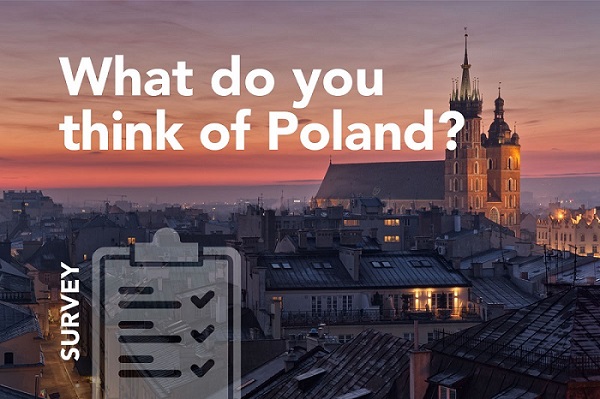Spring in Poland – inspiring nature and tradition
21 March marks the beginning of calendar spring in Poland. It’s a time when everything reawakens, a favourite season of the year people look forward to. It is also a good time to visit Poland and to explore local Polish customs and traditions.
Travelling in our country in the spring, you’ll be passing yellow meadows full of blossoming dandelions and, later, rapeseed. Roadside willows burst with the fresh greenery of young leaves. Those spring-clad Polish roads will take you to interesting places, connected with local customs and often unique traditions. The most important of these is… Polish hospitality! You can experience it especially in the Polish countryside, where apart from well-organised and comfortable agri-tourism farms you will find beautiful landscapes, the cultural and culinary wealth of different regions and a multitude of traditional and local products.
The same roads will also take you to natural sights: 23 national parks and 126 landscape parks, a number of botanical gardens and show gardens, while large cities will offer you municipal parks for leisure and recreation.
The first day of calendar spring is special, one could even say: filled with mysticism. It combines old and present-day customs. One of the most popular traditions, whose roots lie in pagan Slavic beliefs, is the Drowning of Marzanna. Marzanna is a straw effigy, often decorated with ribbons, beads or other ornaments, symbolising the Slavic goddess of winter and death. Tossing it into the water, often after setting it on fire, is supposed to end winter and bring the long-awaited warmer and more pleasant weather and well as good crops later in the year.
Spring is also Easter with colourful events and traditional rituals. It can be a great idea to travel around Poland participating in interesting religious events and celebrations related to the Easter holiday and the Holy Week, while at the same time learning about local culture.
Easter markets and fairs, colourful processions on Palm Sunday and competitions for the prettiest or tallest Easter palm, Easter festivals, egg painting workshops and events associated with Easter Monday, known here as “Śmigus-Dyngus”, are beautiful Polish traditions, which are also part and parcel of Europe’s Christian roots.
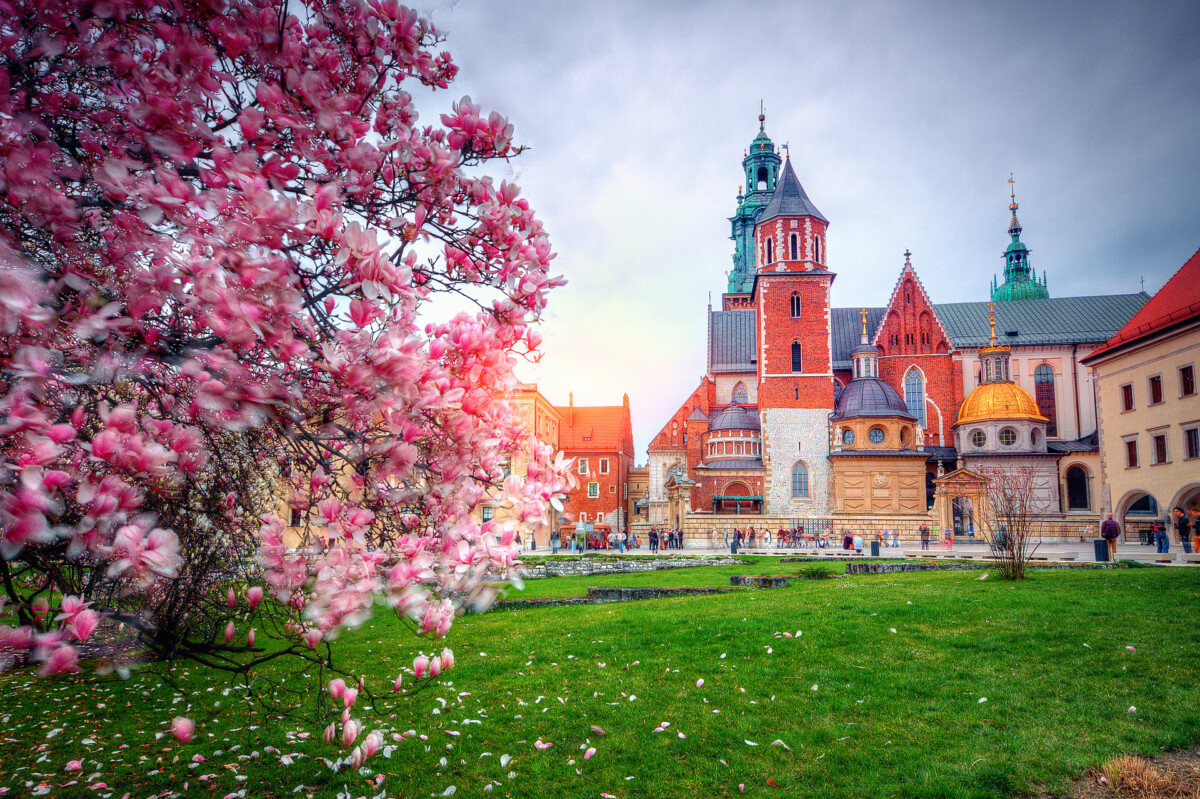
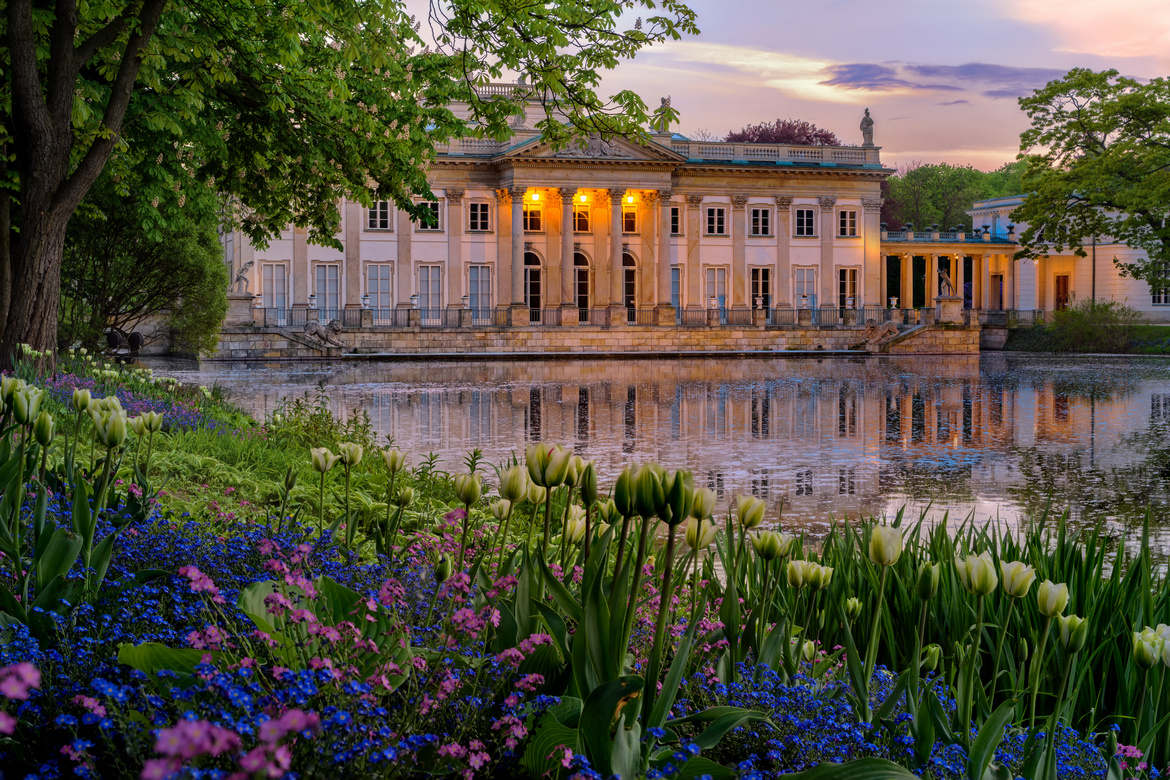
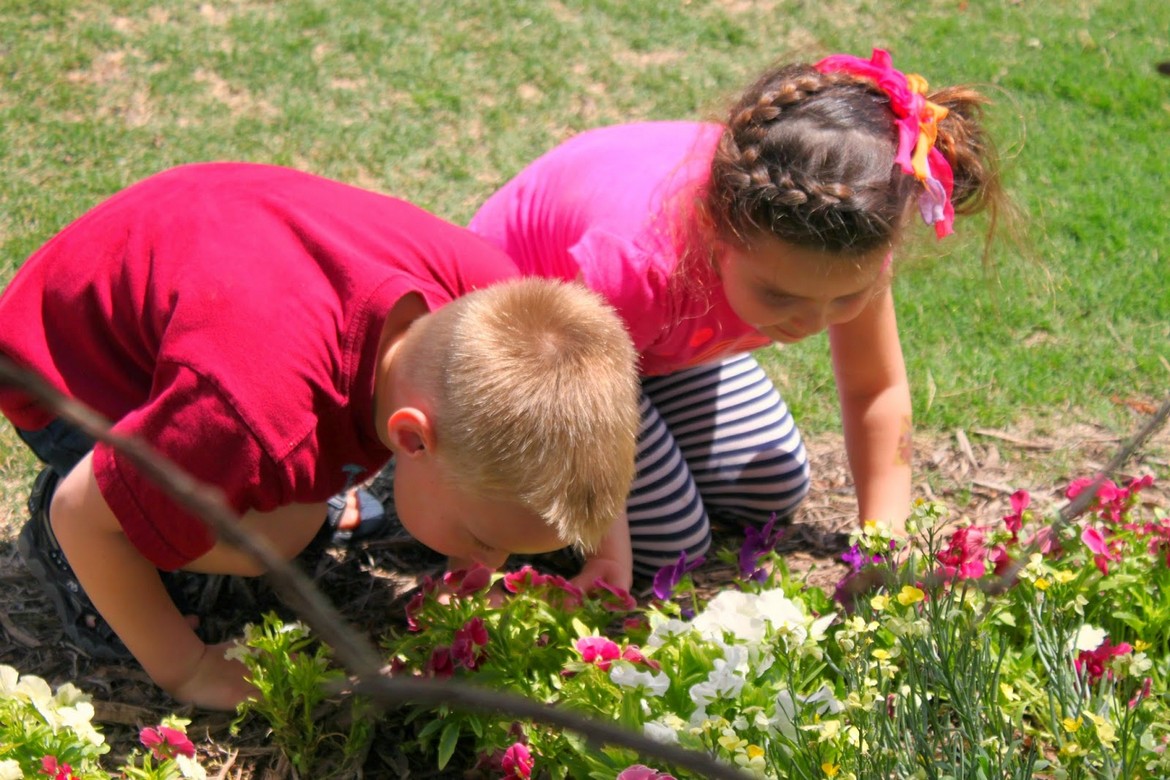
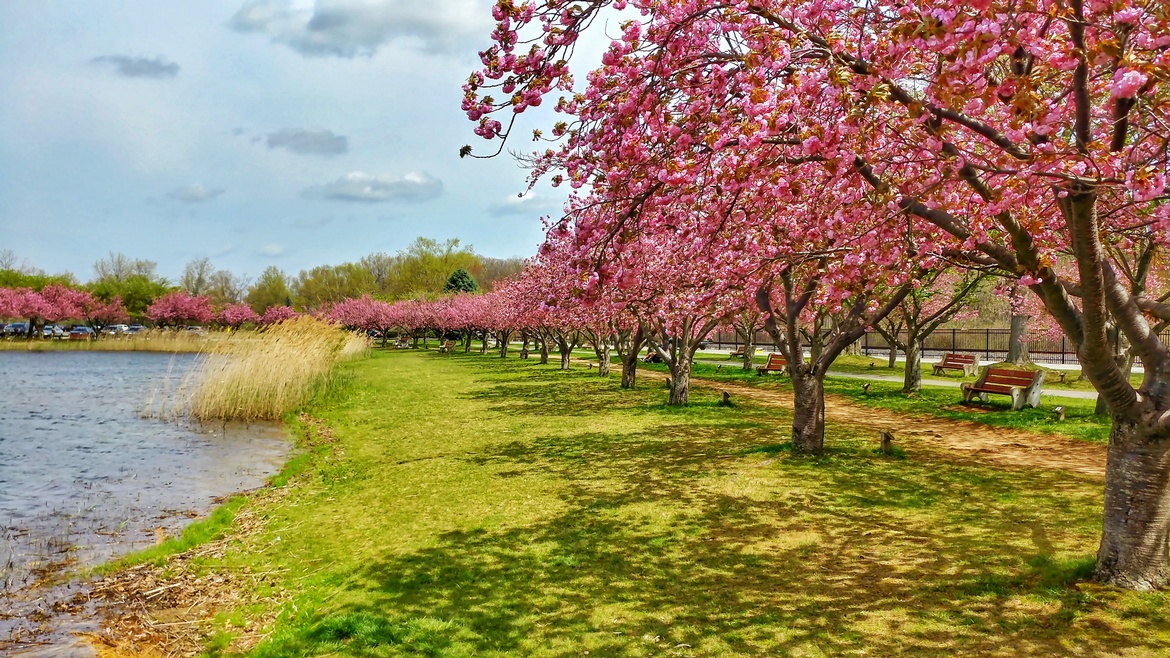
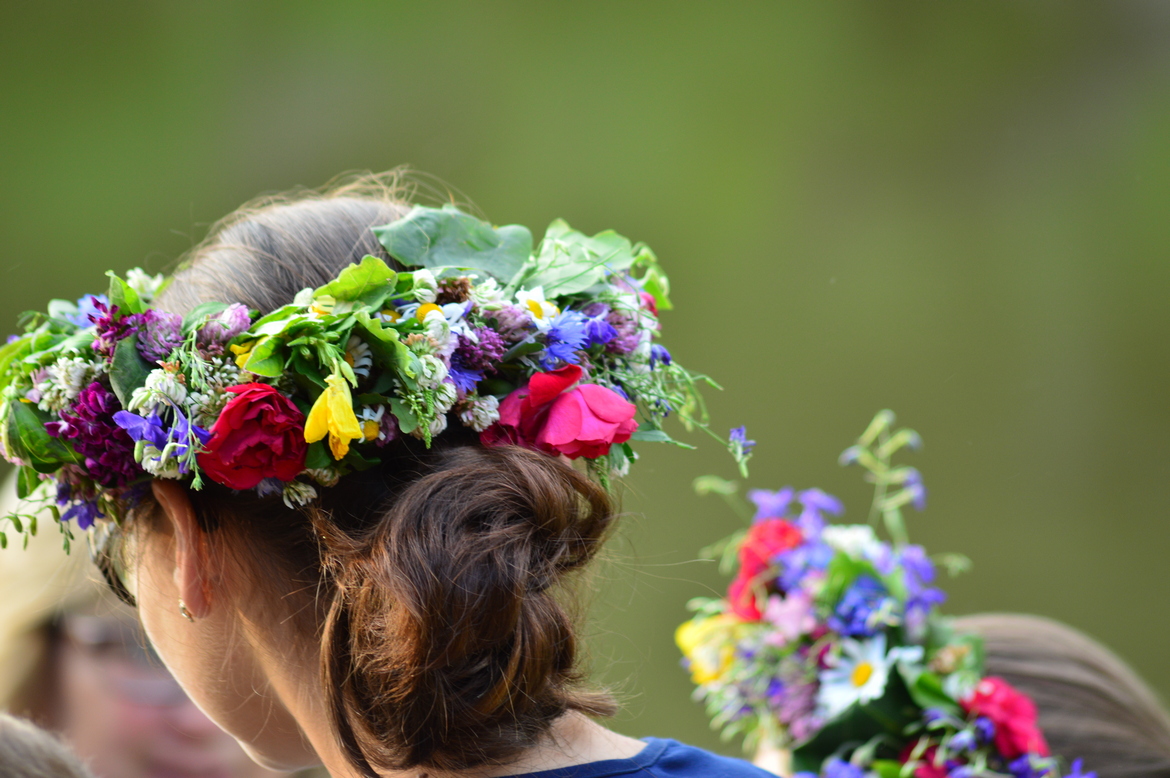
Take, for example, Palm Sunday in Łyse. This town, situated in the Mazowieckie Voivodeship, is famous for the world’s tallest Easter palm and its Palm Sunday celebrations in accordance with the Kurpie tradition. The festivities are accompanied by an Easter market with the regional final of the competition for the most beautiful palms, exhibitions and performances of folk ensembles.
Similarly, in Lipnica Murowana, a small town in Małopolskie Voivodeship, just an hour away from Kraków, every year on Palm Sunday a special event is held: the Lipnica Palm and Artistic Handicraft Competition. Among the various categories there’s the one which made the competition famous: choosing the tallest palm – and they can stand over 30 metres tall!
Easter festivities have a very special character in Kalwaria Zebrzydowska with its Mannerist Architectural and Landscape Complex and Pilgrimage Park, which was entered on the UNESCO World Heritage list. The calvary paths that stretch over 6 square kilometres blend into the hills surrounding the town, and thus are reminiscent of the sacred places in Jerusalem. The paths are part of the Kalwaria Zebrzydowska Sanctuary, one of the most visited pilgrimage sites in Poland and also one of the most interesting landscape and architectural complexes in Europe. During the Holy Week, impressive Passion plays are staged here.
In contrast to centuries-old traditions, an entirely new spring custom was born in Poland in 1990 with the restoration of the national holiday on 3rd May, namely… outdoor barbecues. Combined with Labour Day celebrated on 1st May, 3rd May Constitution Day very often ends up being part of a so-called “long weekend”, during which in every corner of Poland – in allotments, meadows, gardens and places specially designated for grilling – you can pick up the characteristic smell of barbecued sausages and other meats, usually enjoyed among family and friends.
Spring motivates us to be active. During this time, we like to be surrounded by nature. Vegetation waking up to life, birdsong coming from trees and shrubs, and an explosion of fresh colours in the green areas around us – all these things make us want to spend more time outside.
A great idea for a spring getaway or even just a walk can be the scenic parks and gardens in Polish cities – both in the great metropolitan areas such as Warsaw, Łódź, Kraków, Wrocław, Poznań or Gdańsk, and the smaller ones. Indeed there is plenty to choose from…
We have typical city parks, as the largest one in Poland, located in Bydgoszcz, the Myślęcinek Forest Park for Culture and Leisure. A special kind of city park is a Japanese style garden. The most famous Japanese garden in Poland is located in Wrocław’s Szczytnicki Park, near the Centennial Hall.
In addition to typical city parks, you can also look for signs of spring in parks and gardens belonging to castles, palaces and manors, which are located not only in large cities but also in smaller towns and rural areas.
For example, the Łazienki Park in Warsaw is one of the most beautiful parks of the capital and one of Europe’s finest park-and-palace complexes. Some of the larger parks of this kind include: the Palace and Park Complex in Łańcut, the Palace and Complex in Pszczyna, the Wilanów Park in Warsaw, the Branicki Palace Gardens in Białystok, and the most famous romantic English style park – Arkadia Park in Nieborów.
In this category of parks and gardens, the Valley of Palaces and Gardens in Lower Silesia occupies a special place. It is here, at the foot of the Karkonosze Mountains, that you will find a unique complex of 30 beautiful residences, accompanied by extensive landscape parks with old tree stands and a varied garden architecture.
Talking about beautiful green areas to see in Poland, one mustn’t forget Muskau Park, situated on both sides of the Polish-German border and added to the UNESCO World Heritage List in 2004. It is the largest English style park in Poland and Germany.
Spring in Poland is an inexhaustible source of inspiration for interesting trips, excursions in nature, visits to places of great beauty and learning about local traditions and customs.


